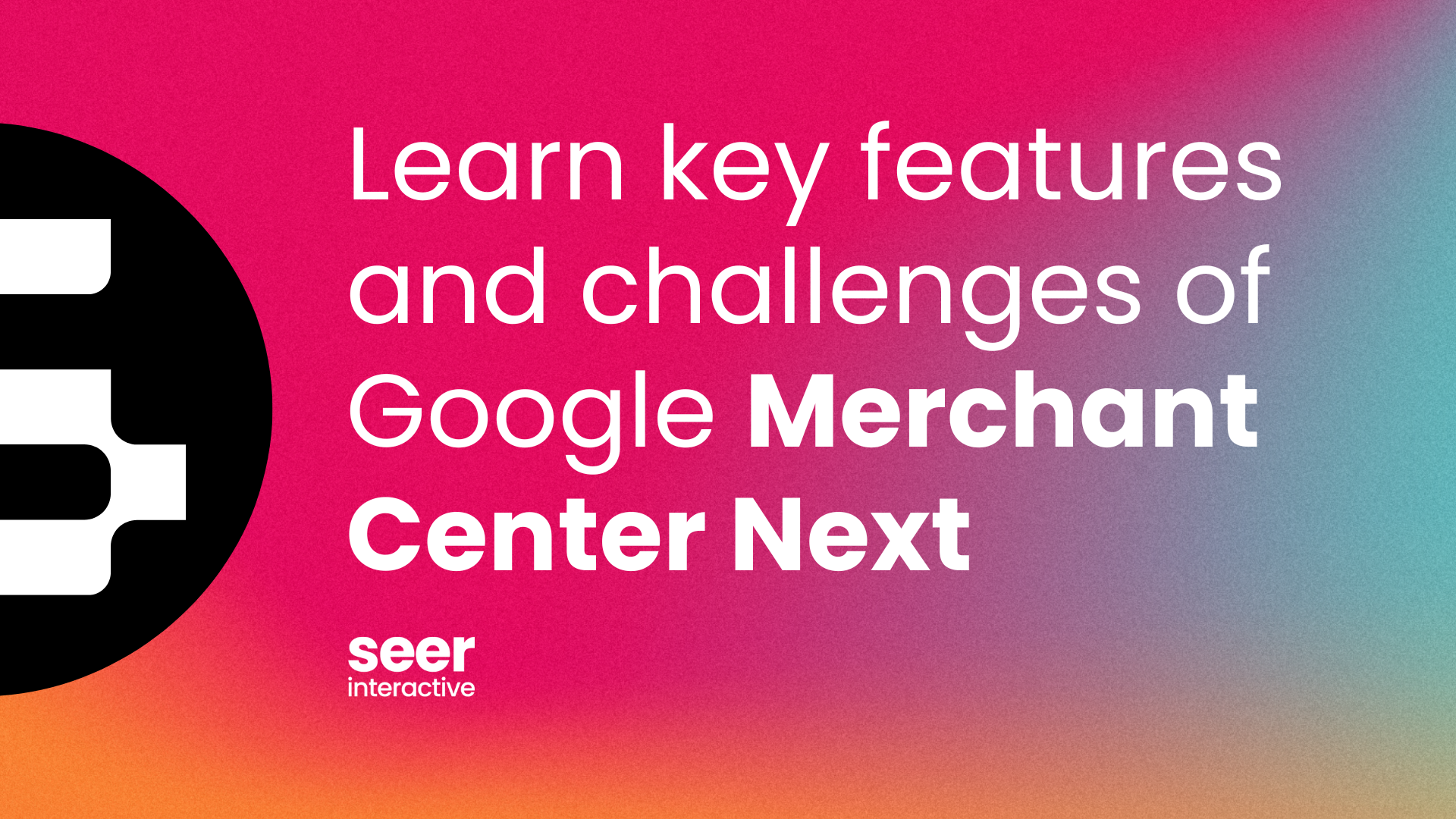I think most people who have managed AdWords campaigns for an agency or in-house have been approached with the following question: “Why is our Impression Share so low? “ My response most of the time is “Who cares?!”

To me, this is one of the most overvalued, but also one of the most undervalued, metrics in PPC.
Impression Share
Now don’t get me wrong, Impression Share (IS) metrics can be very insightful once you fully understand how to use it. First, you need to know what IS is reporting. Google defines this as “the percentage of impressions where your ads were shown out of the total available impressions in the market you were targeting.” In other words, if you’re bidding on broad match keywords, you will likely have a much lower IS than if you were only bidding on exact match. That is because broad match keywords are available for more impressions versus phrase match or exact match keywords. Hence Google’s ‘Exact match IS’ metric.
Exact match IS
‘Exact match IS’ shows how often your ad could have shown when the query matches your keywords exactly. As Google puts it, it is the IS if your keywords were all set to exact match. I believe this is more insightful than regular IS. It may be useful to see how many total impressions you can get, but once you start reviewing your search query reports and realize what the “available impressions” actually are, you may think twice about increasing your bids. However, knowing your ‘Exact Match IS’ can be very useful. A high ‘Exact match IS’ says you're receiving quality impressions – your ads are showing when users are searching for keywords you obviously find relevant since you’re bidding on them!
Lost IS (rank)
Similar to regular IS, I don’t spend much time focusing on the ’Lost IS (rank)’ metric. This can be useful for determining whether you need to increase your bids, revise your ads, or adjust your match type; yet I’m not alarmed when I see a high percentage. I may receive a higher ‘Lost IS (rank)’ due to losing an auction that Google thought was “relevant” for some broad match keyword I’m bidding on. If I sell cat food and I’m bidding on the broad match keyword ‘buy cat food’, I don’t care if I lost an impression for someone searching ‘cat vidz’. Believe me, we’ve seen worse . As long as my keywords are profitable, I’m feeling alright.
Lost IS (budget)
Last, but not least – ‘Lost IS (budget)’. This is a great metric. This allows you to easily assess your campaigns and understand their value if you just add additional funds. You can tell how many impressions were lost from ad rank, but how can you act on that as quickly as adding budget? If your campaigns are profitable and are reporting a high ‘Lost IS (budget)’ percentage, why are you still reading this? INCREASE YOUR BUDGETS NOW!
I have used this before when preparing budget recommendations for clients. Sure, Google will recommend a budget every now and then, but here you can truly calculate what your performance could have been once you know how many impressions were lost… and here's how!
Calculating Missed Performance
With ‘Lost IS (budget)’, you can calculate what the total amount of impressions would have been using the following formula:
Total Available Impressions = Reported Impressions / [1 – ‘Lost IS (budget)’]
This was derived by understanding that your reported impressions are the total impressions available minus what you lost. In other words:
Reported Impressions = Total Impressions – Lost Impressions,
where Lost Impressions is your Total Impressions × ‘Lost IS (budget)’.
Once you determine your Total Available Impressions, you can estimate the rest of your metrics based on your account’s performance.
For example, if you had 800 impressions and a 20% ‘Lost IS (budget)’. This means there were 1,000 available impressions, and you missed out on 200 of them. Now you can calculate your clicks based on your Average CTR, your cost based on your Average CPC, and so on.
After all is said and done, you have a nice report to show your clients their missed opportunity – potential clicks, potential cost, and most importantly, potential conversions:
Clients are more likely to increase their budgets if you show them a campaign is missing potential leads and/or profits vs. just ‘having a feeling’.
So now that you have a better understanding of Impression Share, what it means and how to use it, next time someone asks, “Why is our Impression Share so low?” make sure to take the time to explain what they really should focus on and why.
How have you used Google's Impression Share metrics to optimize your account?



